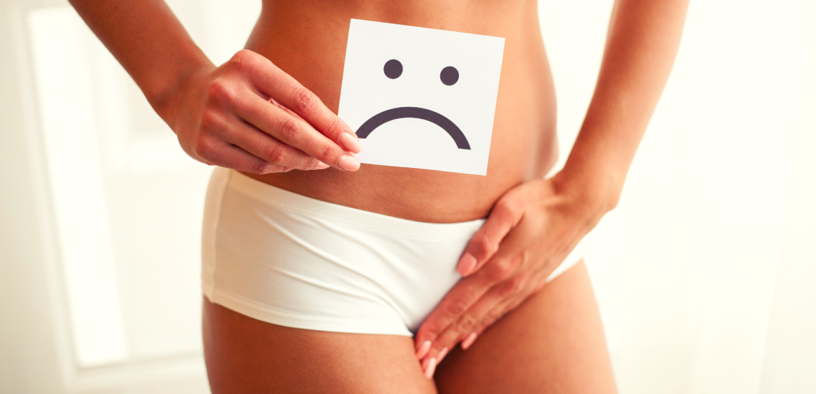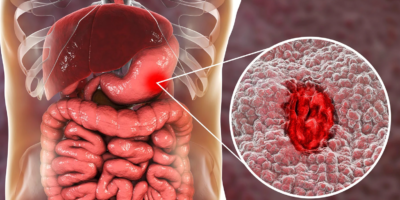An overgrowth of certain types of yeast, such as Candida albicans, produces vaginal yeast infections (also called yeast vaginitis or vaginal candidiasis). Usually, the labia and clitoris are also inflamed. About 75 percent of women have at least one episode in their lifetime; 5 to 10 percent have recurrent attacks. Symptoms include itching, burning, a thick white discharge, and discomfort during intercourse. Before you try home remedies or over-the-counter antifungal creams, we recommend you get a medical diagnosis.


1. Intravaginal Yogurt
How it works: Yogurt contains lactobacilli, which protect against yeast vaginitis. Despite a long folk tradition, clinical trials have not evaluated intravaginal yogurt used alone for women with recurrent yeast infections. Such use may have more potential value as a preventive rather than a treatment for an active yeast infection. Lactobacilli do, however, interfere with the ability of disease-causing bacteria to colonize the vagina.
- PREPARATION: Plain, active-culture yogurt
- DIRECTIONS: Apply to the vagina and vulva two or three times a day.
- YIELD: MULTIPLE APPLICATIONS
2. Yogurt and Berries Breakfast Treat
How it works: Yogurt contains probiotics, live microorganisms (mainly bacteria), that promote human health. Regularly eating yogurt seems to help prevent yeast infections. Active-culture yogurt contains bacteria normally found in the intestinal tract and vagina. These organisms promote healthy immune function.
- PREPARATION:
- 1 cup (230 g) plain nonfat, active-culture yogurt (We like Greek yogurt, which has a satisfying thickness even when low in fat.)
- ¼ cup (36 g) fresh berries (or other favorite fruit)
- DIRECTIONS: Scoop the yogurt into a bowl. Top with the berries. Spoon into your mouth and enjoy.
- YIELD: 01 SERVING
3. Anti yeast Bath
How it works: Vinegar can help arrest the growth of Candida albicans, a common cause of yeast infections. All three essential oil alternatives are antifungal.
- PREPARATION: 1 cup (235 ml) apple cider vinegar
- DIRECTIONS: As you run a warm bath, pour in the apple cider vinegar and disperse it with your hand. Luxuriate for at least 20 minutes as the vinegar works to inhibit yeast growth.
- YIELD: 01 SERVING
- RECIPE VARIATION: Add essential oils to your bath, along with the vinegar: tea tree oil, eucalyptus, or, lavender.
4. Antifungal Wash
How it works: Some natural medicine practitioners use diluted tea tree oil to manage vaginitis. Tea tree essential oil is antimicrobial against a number of organisms, including Candida albicans. Ensure that it is diluted as local irritation and allergic reactions are possible. Tea tree essential oil is very strong and should only be applied externally; it can be toxic if ingested. Tea (Camellia sinensis), rosemary, and sage are also active against Candida yeast. Vinegar contains acetic acid, which discourages yeast overgrowth.
- PREPARATION:
- 2 cups (475 ml) water
- 1 tablespoon (6 g) green tea
- 1 tablespoon (3 g) dried rosemary or (2 g) sage
- 1 tablespoon (15 ml) apple cider vinegar
- 1 drop tea tree essential oil
- DIRECTIONS:
Boil the water. Add the tea and rosemary. Cover and steep for 15 to 20 minutes.
Strain into a jar. Add the vinegar and oil and shake well to disperse the oil. Moisten a tampon with the mixture and insert it into the vagina. After 15 minutes, remove the tampon. Wear a panty liner.
- YIELD: 01 APPLICATION
- WARNING: Do not douche or insert tampons while pregnant.
- NOTE: This formula has not been tested in any clinical trial. Alternatively, you can very gently douche with this mixture. Although it’s okay to do so if you have a yeast infection, do not continue douching on a regular basis. Doing so can disrupt the normal ecology of vaginal microbes. Be sure to wear a panty liner.
Fact or Myth?
- YEAST VAGINITIS IS A SEXUALLY TRANSMITTED INFECTION. Not necessarily. Men can pick it up from their female partners, though they less often develop symptoms. However, women who have never had sexual intercourse can develop yeast vaginitis. Yeast, which already exists in the vagina, simply grows out of control.
Lifestyle Tip
- If you have diabetes, work with your health practitioner to control your blood sugar. When blood sugar is abnormally high, so is the sugar in vaginal secretions, which feeds the yeast. Even if you don’t have diabetes, avoid sweetened beverages, alcoholic drinks (which contain carbohydrates), refined carbohydrates, and other sweets, which can promote the growth of yeast.
- Change tampons or pads frequently during menstruation.
- When you bathe, use a hypoallergenic soap and rinse well with clear water. Avoid commercial vaginal sprays and douches. Harsh soaps and vaginal sprays may inflame the vagina and disrupt the normal microbial ecology. Frequent douching may remove friendly bacteria from the vagina, allowing an overgrowth of disease-causing microorganisms. The pressure from douching may also propel microorganisms into the uterus and fallopian tubes. Remember that the vagina cleans itself by secreting mucus.
- Maintain good bathroom hygiene; use unscented toilet paper and always wipe from front to back. don’t share towels and make sure yours dries completely between uses. In addition, when you swim or get sweaty, change into dry clothes as soon as you finish. Yeast thrives in damp environments.
- Stay in touch with your primary health practitioner. Get regular exams and screening tests. Get a diagnosis before using over-the-counter remedies.
- Refrain from sex until the infection clears.
When to Call the Doctor
- This is the first time you have had vaginal irritation and discharge. It’s important to get a proper diagnosis.
- The infection hasn’t cleared after you finish a round of antifungal cream.
- Two days of home treatment have not improved symptoms or symptoms have worsened.
- You have recurrent episodes of vaginitis.
- You have multiple sexual partners and now have vaginal discharge. Sexually transmitted bacteria can lead to pelvic inflammatory disease (infection of the uterus and fallopian tubes). If not treated immediately, it can lead to infertility and ectopic (out of place) pregnancy.
- You have not been consistently using a condom during intercourse. (If you’re in a long-standing and strictly monogamous relationship, ignore this one.)






Leave a Reply